
Nov 11 , 2023
By AKSAH ITALO ( FORTUNE STAFF WRITER )
In a momentous move to revitalise the local horticulture market by empowering smallholder farmers with access and resources and propelling the fruit and vegetable sector to unprecedented levels, an extensive 30-million-dollar investment proposal was submitted to the World Bank two weeks ago.
Experts from the Ministry of Agriculture and Agricultural Transformation Institute (ATI) took part in the proposal which is part of the 300 million dollar rural connectivity project initiated by the World Bank a couple of years ago. It aims to enhance rural road connectivity which is expected to be endorsed in 2024.
According to Mekonnen Solomon, a horticulture expert at the Ministry, the project will bridge the gap between supply and demand observed across the country and address inflated prices through surplus production.
"The plan is to sustain food security through horticulture production," he said.
The proposal calls for the establishment of agriculture hubs with cold chains, storage and transportation facilities through a public-private partnership scheme. Mekonnen indicated underdeveloped market infrastructure including the lack of storage leads to limited commercialisation.
"Next will be the selection of locations," he said.
If approved by the World Bank, he expects the pilot program to begin in the next four years. However, discussions with World Bank executives following the submission reveal the process will not be swift.
According to a statement from an official, the proposal has yet to meet the standards of the World Bank and was returned for further scrutiny. The executive disclosed stringiest internal assessments evaluating its implications in terms of poverty reduction take place before reaching the committee's approval which could take up to eight months.
Research by the Food & Agricultural Organisation of the United Nations (UNFAO) indicates that low productivity and post-harvest loss are the greatest challenges for the horticulture industry.
Teshager Abebaw, an agronomist and post-harvest specialist at the UNFAO, adoption of new technologies becomes critical when it comes to post-harvest practices and the devising management strategies should be inculcated by the government.
"Upto 15pc loss incurs due to inadequate storage," he said.
He suggests that cooperative unions should incorporate small-scale processing units near the farm sites to increase the profit of small-holder farmers and revive losses.
"Efficient research programs should be strengthened," he said.
Linkage with buyers through a digital platform to disseminate market information is another aim of the project.
Semere Mulugeta, analytics development team leader at the ATI indicated that the biggest problem is the shortage of market surplus, where most farmers are subjected to losses due to labor costs and home-consumptions to save the losses incurred in transportation.
He suggested the necessity of packing and value addition to saving the perishable products at 40pc at least.
"They're not aware of the price seasonality," Semere said.
He said that most of the small-holder farmers are deprived of any information on the current domestic market prices which subjects them to sell their commodities blindly impeding their producticity and commercialisation potential.
He said that the digital platform could be used as a primary and secondary market information disseminator and facilitate the linkage between producers and consumers with the possibility of removing the intermediary in the middle.
Approximately 45pc of the land area in low-income countries is located more than five hours away from the primary market, severely constraining the potential of agriculture to help meet local food needs.
Over 78pc of the labour force in Ethiopia is engaged in agriculture. Farmers who largely depend on agriculture are relatively isolated from road infrastructure with market access becoming a binding constraint.
Amhara, Oromia, and Southern regional states are the main hubs for fruit and vegetable production with 16 types of fruits and vegetables used for domestic use.
Meki in Oromia Regional State is a small town where over 8,410 farmers are engaged in vegetable production. They mainly produce tomatoes and onions on a 3,000hct land. However, the volume has plummeted by half with farmers mostly finding the production of cereals more profitable.
Ashenafi Roba, the deputy head of Vegetable & Fruit Cooperatives Work Union Plc, explains the absence of storage facilities and the perishability of produce has farmers selling their products at a loss.
"The problem is severe in tomatoes which can't stay fresh for more than a day," he said.
Smallholder farmers harvest crops twice a year, and commodities must be stored for months to ensure that supplies last until the next harvest.
Ashenafi said difficulties are exacerbated by the shortage of inputs such as seeds and the presence of pests casting a shadow on the production. Even though Ashenafi applauds the initiative by the government to further the enhancement of agriculture production, the provision of inputs, such as improved seeds and organic fertilisers should be addressed.
Over 42pc of the harvested horticulture commodity incurs loss. Smallholder farmers have lower crop yields and profits than developed countries' counterparts. This is mainly due to illegal traders and lack of inputs such as improved seeds and fertilisers.
Bulcha Billo, 38, is a father of four who has been in the vegetable production business for over 14 years. He mainly cultivates tomatoes, onions, and green peppers on his four-hectare land.
He explains the drawbacks he has to selling his produced goods with no site with no selling site or storage his commodities facilities falling at the mercy of intermediaries who deceive him with prices. He also disclosed that his commodities are frequently exposed to pests, contributing to post-harvest crop losses.
Over 16,000 farmers are engaged in the production of vegetables and fruit in Amhara Regional State, with onions, tomatoes, and cabbage being the main produce. Even though there is a lot of potential, experts affirm that the production of horticulture has gotten bleaker in the past few years.
Demsew Mulualem, horticulture team leader at the Amhara Agriculture Bureau, observes the main issue is illicit traders who deceive farmers by paying less than what they promised. The inadequacy of storage facilities has made farmers submit to the price for fear that the commodity will perish.
"Intermediaries dictate the price, not farmers", he told Fortune.
Experts argue that the use of hybrid varieties and market linkages through road infrastructures an important requisites for the prevalence of healthy productions.
Taye Melese, an agriculture economist who has done extensive research on the agricultural value chain, said that the existing variety used to produce horticultural products cannot subsist them to stay unwilted for more than a few days. "Climate-resilient and pest-resistant seeds should be tailored," he said.
Neglect of smallholder agriculture has created a vicious cycle, weakening urban-rural linkages, trapping farmers in poverty and leaving urban populations dependent on volatile world markets, according to Taye.
He suggests that large-scale investments should come into play to establish agro-processing plants near farmlands to better the livelihoods of small-scale farmers.
PUBLISHED ON
Nov 11,2023 [ VOL
24 , NO
1228]
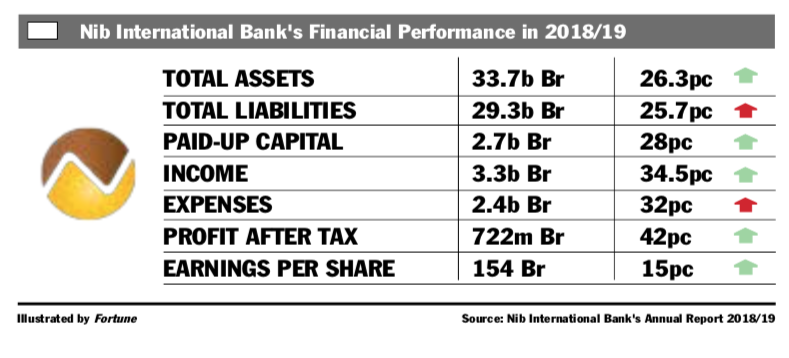
Fortune News | Mar 07,2020

Radar | Jan 28,2023

Radar | Jul 23,2022

Fortune News | Jan 26,2019
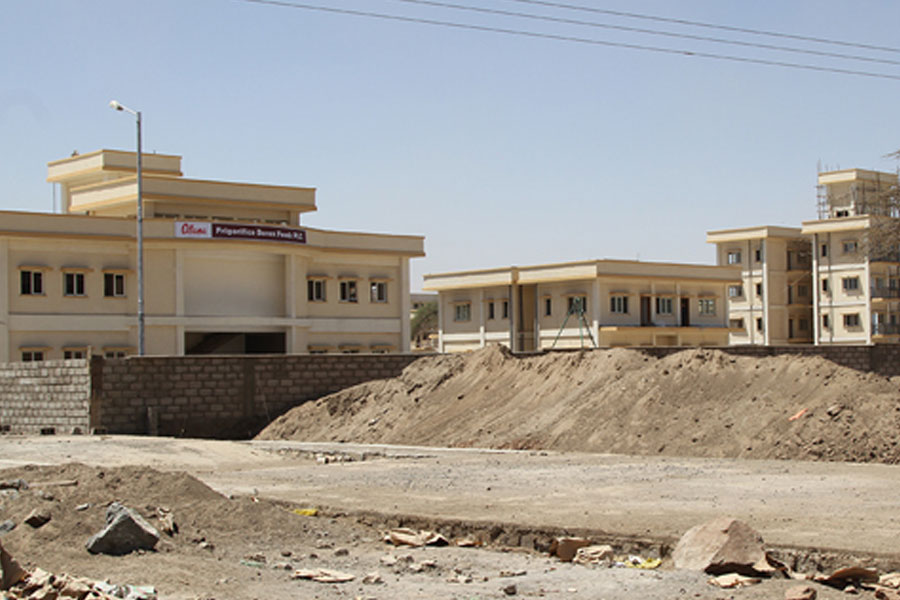
Fortune News | May 15,2021

Advertorials | Oct 10,2019

Fortune News | Jun 26,2021

Fortune News | Jun 29,2019

Radar | Jan 28,2023
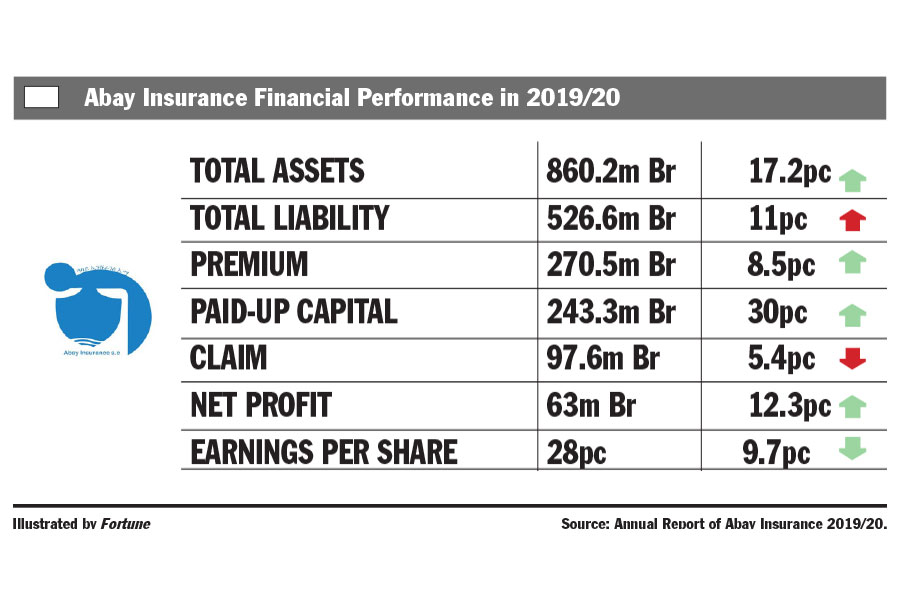
Fortune News | Jan 16,2021

Jul 13 , 2024 . By AKSAH ITALO
Investors who rely on tractors, trucks, and field vehicles for commuting, transportin...

Jul 13 , 2024 . By MUNIR SHEMSU
The cracks in Ethiopia's higher education system were laid bare during a synthesis re...
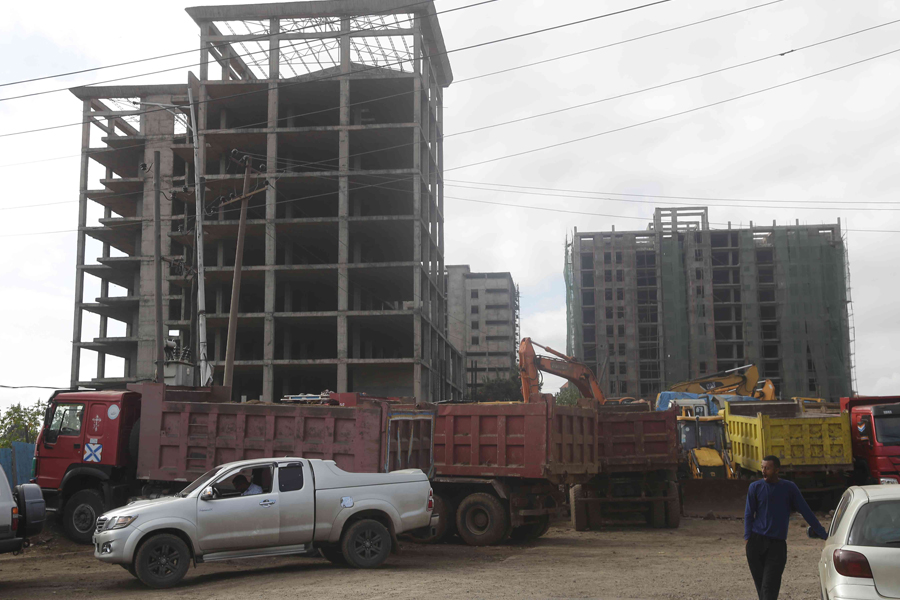
Jul 13 , 2024 . By AKSAH ITALO
Construction authorities have unveiled a price adjustment implementation manual for s...

Jul 13 , 2024
The banking industry is experiencing a transformative period under the oversight of N...
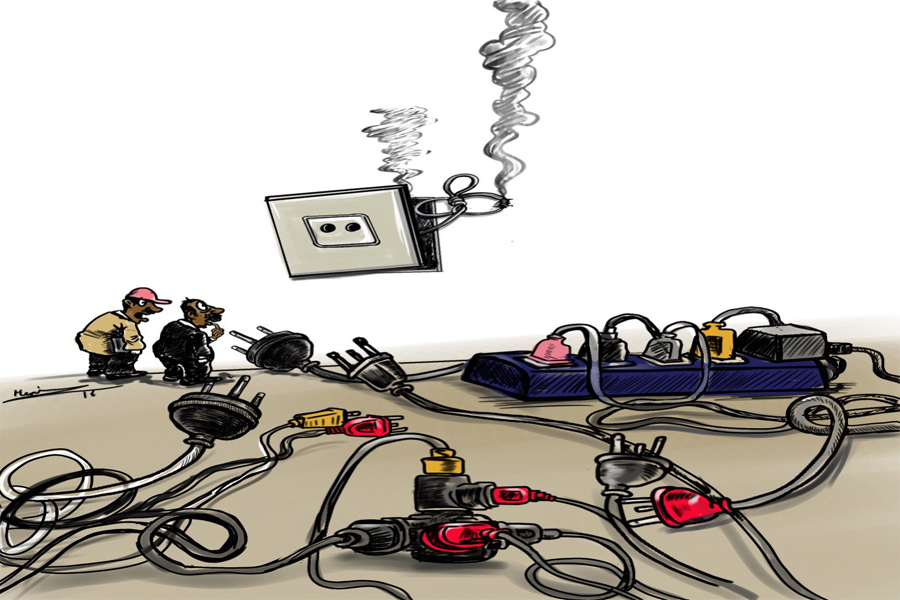
Jul 20 , 2024
In a volatile economic environment, sudden policy reversals leave businesses reeling...

Jul 13 , 2024
Policymakers are walking a tightrope, struggling to generate growth and create millio...

Jul 7 , 2024
The federal budget has crossed a symbolic threshold, approaching the one trillion Bir...

Jun 29 , 2024
In a spirited bid for autonomy, the National Bank of Ethiopia (NBE), under its younge...